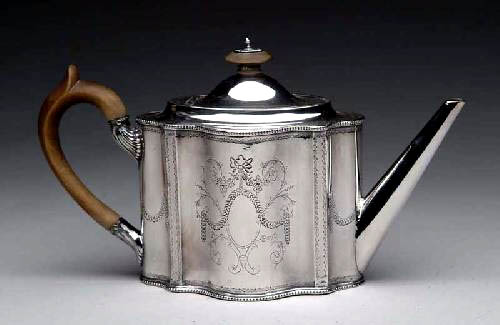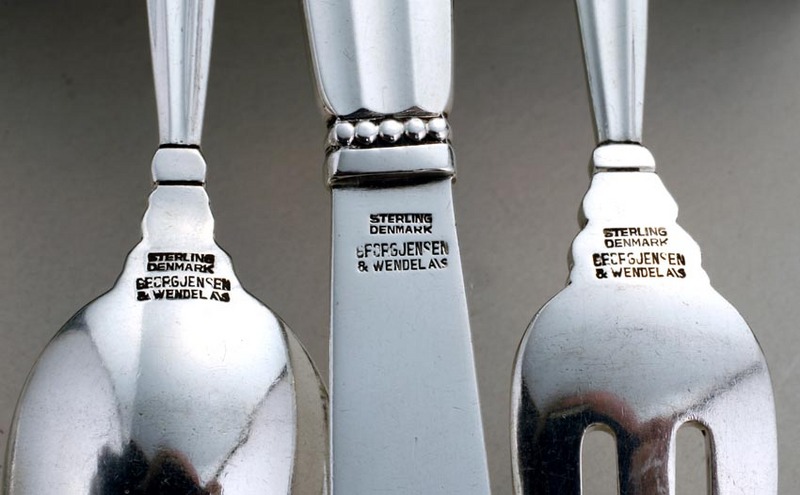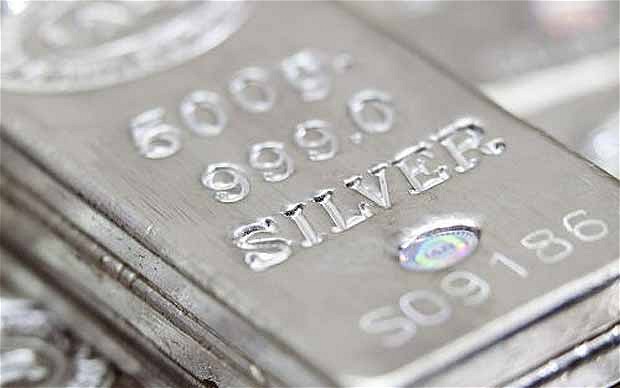Here is a comparison of British Silverplate Marks to British Sterling Hallmarks:
BRITISH SILVERPLATE MARKS


STANDARD MARKS

The Standard mark indicates the purity of the silver.
A – Sterling .925
B – Britannia .958, used exclusively 1697 – 1720, optional afterwards.
C – Sterling .925 for Glasgow
D – Sterling .925 for Edinburgh
E – Sterling .925 for Dublin
COMMEMORATIVE MARKS
There are other marks to commemorate special events, the Silver Jubilee of King George V and Queen Mary in 1935, the Coronation of Queen Elizabeth II in 1953 and her Silver Jubilee in 1977
Silver Jubilee |
Coronation |
Silver Jubilee |
CONVENTION MARKS
The United Kingdom has been a signatory to the International Convention on Hallmarks since 1972. This means that UK Assay Offices can strike the Convention Hallmark which will then be recognised by all member countries in the International Convention. Conversely, Convention Hallmarks from other member countries are legally recognised in the UK. Articles bearing the Convention Hallmark do not have to be re-hallmarked in the UK.
Sponsors or makers mark |
Common control mark |
Fineness |

Assay Office mark |
The Assay Office marks of member countries of the Convention are illustrated below. The shield design around the Assay Office mark sometimes varies according to whether the article is gold, silver or platinum. The key mark to look for is the Common Control Mark. The three other marks must also be present.
COMMON CONTROL MARKS



FITNESS (purity) MARK
800
925
999
ASSAY OFFICE MARK

Austria |

Czech Republic |

Denmark |

Finland |

Ireland |

Netherlands |

Norway |

Portugal |

Sweden |

Switzerland |











